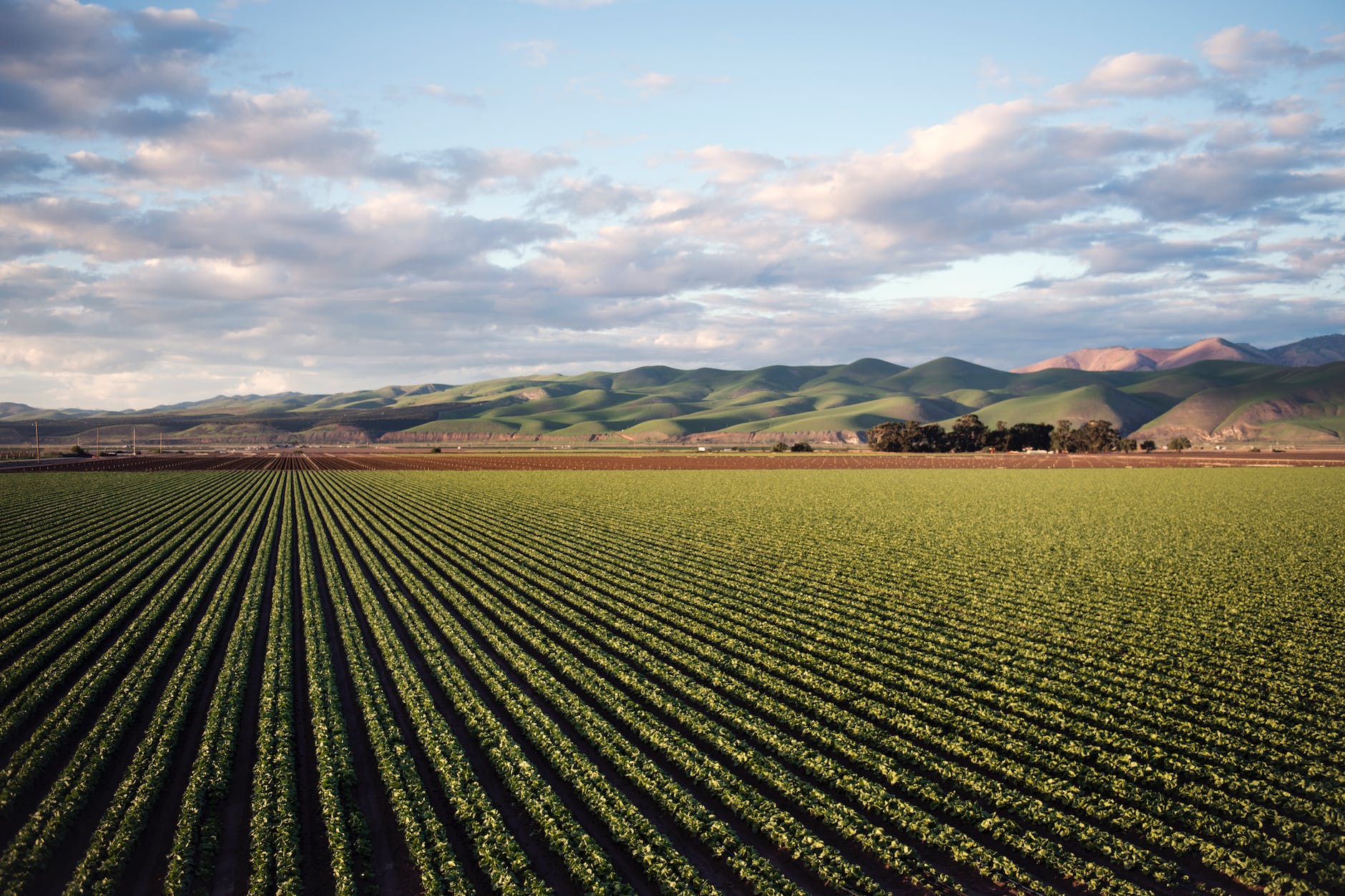Cropping has the power to transform your entire operation. Cropping can increase yield, decrease inputs and costs, and increase soil health. It can also help you gain a competitive advantage by making it easier for you to sell your produce.
However, with so much potential comes great risk as well. If you’ve implemented superior cropping successfully, then congratulations! You’re one of the fortunate few who have managed to take advantage of this powerful tool while avoiding its pitfalls as well.
In this blog post, Nicholas Del Franco, who invests in the growth of superior crops, will share some essential techniques for implementing superior cropping.

Who is Nicholas Thomas Del Franco
Entrepreneur Nicholas Del Franco owns several successful companies in the fields of farming, dog food, nutrition, and business consulting.
Del Franco’s companies invest heavily in Plan Growth Nutrients, an organic fertilizer that maximizes vegetative growth, flowering, and bud development.
What is superior cropping?
Superior cropping is a practice designed to increase the abundance of nutrients and microorganisms in soils, which can increase yields. It can also make it easier for farmers to meet the challenges of increasing production in a challenging climate. Superior cropping can improve soil health, increase yields, decrease inputs and costs and increase business opportunities. Del Franco shares that many different approaches can be used to achieve superior cropping. It is important to choose the right technique for your operation based on your soil type, the size of your field and other factors.
How to implement superior cropping
“When implemented correctly, superior cropping can produce high yields with minimal inputs and decrease the risk of soil health issues,” says Nicholas Del Franco, who has years of experience in growing superior crops.
While it’s difficult to say exactly how many farmers are implementing superior cropping, it’s clear that it has great potential to improve agricultural sustainability. Superior cropping is not a one-off effort; it is an evolutionary process that needs to be continually improved. The key to implementing superior cropping is to be flexible, smart, and aware of your limitations.
Be flexible, be smart and be aware of your limitations
With superior cropping, it’s important to be flexible as a farmer. You need to be open to testing new techniques and using different inputs. When implementing new practices, it’s best to try them in small plots first. When you find a new technique that works well for your operation, be willing to incorporate it into all of your plots. It’s also important to be flexible as a farmer in your decision-making. At different times of the year and in different locations, you might have to make different decisions. As a farmer, you need to be open to testing new techniques and using different inputs. When implementing new practices, it’s best to try them in small plots first. When you find a new technique that works well for your operation, be willing to incorporate it into all of your plots.
Be aware of your limitations
At the same time, it’s important to be aware of your limitations. Del Franco indicates that superior cropping can be a risky endeavour that may increase your risk of yield issues, input shortages or both. It’s also important to consider your time and resources. In order to implement superior cropping, you need to completely overhaul your farming system. That may include making adjustments to your equipment and management practices and changing your business practices as well. There are many factors to consider when implementing superior cropping. It is important to take your time and make sure that you’re making the right decision for your operation.
Assess how your operation can benefit from superior cropping
When implementing superior cropping, the first step is to assess how your operation can benefit from superior cropping. What are some of the challenges that you’re currently facing? How can superior cropping help you overcome those challenges? This assessment will help guide your implementation of superior cropping. Next, you’ll want to look at the potential issues that can come with implementing superior cropping as well. What are some of the potential issues that you’re currently facing? What are some of the challenges that you’re hoping to overcome with superior cropping? By looking at both sides of the coin, you can make sure that you’re implementing superior cropping in a way that’s likely to be successful.
Key Takeaway
Superior cropping is a practice designed to increase the abundance of nutrients and microorganisms in soils, which can increase yields. It can also make it easier for farmers to meet the challenges of increasing production in a challenging climate. Superior cropping can improve soil health, increase yields, decrease inputs and costs and increase business opportunities.
That’s why experienced entrepreneur Nicholas Del Franco invests considerable amounts of resources for high-value Superior Crop Production.